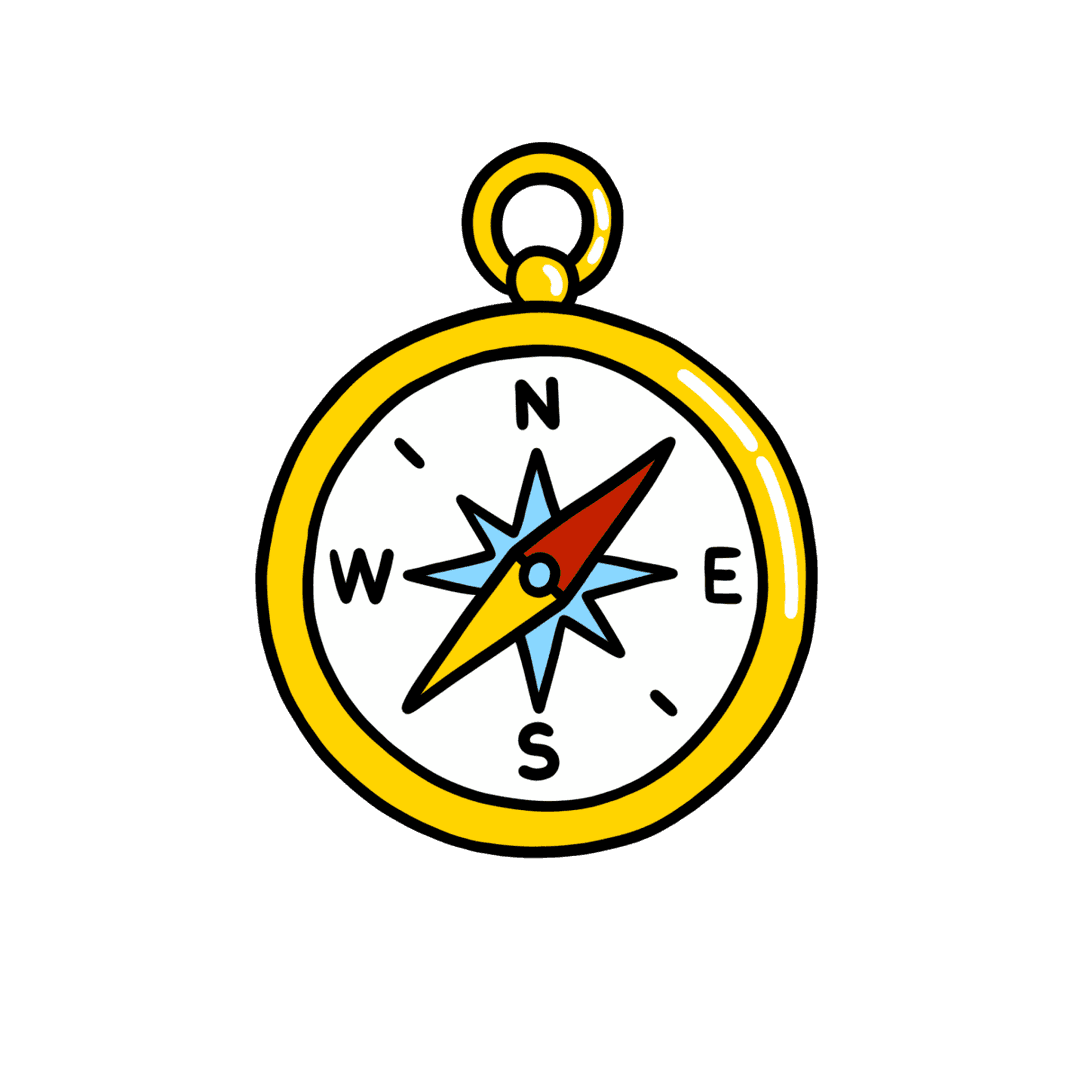Directions in German
Give and receive directions confidently, with German direction vocabulary.

Giving & asking for directions in German is an essential skill for German learners who plan to visit Germany. After you have a grasp of basic German phrases, the most
essential idioms and a rough understanding of the rules of German pronunciation, you can quite easily learn the vocabulary needed to give & ask for directions.
Check out this dialogue, for example:
In this dialogue, Tim is asking a passerby for directions to the U-Bahnstation (subway station) "Weinmeisterstraße" (that's a tube station here in Berlin). Muriel then gives him directions on how to get there.
As you can see, there are a few skills involved here: First, you need to know how to ask questions in German. But then you will also need to know the necessary vocabulary to understand the answer and follow the directions given to you, which includes adverbials of direction & movement, adverbs of time and nouns around the city. Let's do this!
How to Ask for Directions
When asking for directions in German, it can be helpful to provide details about where you are starting and where you are going. For example, you can use the phrase “Ich bin an der xxx und ich will zur xxx.” (I am at xxx and I want to go to xxx). This will help the person giving directions understand your situation better.
Another useful tip is to be polite and friendly when asking for directions. You can start by saying “Entschuldigen Sie” (Excuse me) or “Können Sie mir helfen?” (Can you help me?).
Excuse me ... ?
Navigation - Places in a City
The next word list is helpful when you are trying to navigate a place or a city in German.
How to Give Directions
Adverbs of Direction
German adverbs of direction are words that indicate the direction in which an action is taking place. They can also indicate the direction in which someone or something is moving or facing.
Here is a list of the most important ones:
Here's an example sentence using some of these words:
Du musst jetzt hier rechts abbiegen und dann immer weiter geradeaus fahren. Dann sofort links, und dann siehst du die Parkplätze des Museums.
Compass Directions
Apart from the standard directional adverbs used when navigating a city (like "right" & "left"), it can also sometimes be useful to know the points of the compass in German:
You could, for example, say:
Das Museum ist nördlich von hier. Daher müssen wir mit der U-Bahn Richtung Norden fahren.
Directional Verbs
When giving directions in German, it can be helpful to think about the route you are describing. Try to be as detailed as possible, including landmarks and street names, to ensure that the person asking for directions can easily find their way.
It can also be helpful to give an estimated time frame for how long the route should take. For example, you can say “Gehen Sie 10 Minuten geradeaus und Sie sind da.” (Walk straight for 10 minutes and you will be there).
Finally, it is important to be polite and patient when giving directions. Asking the person if they understand your directions and repeating your instructions if necessary will help ensure that they arrive at their destination safely.
Conclusion
Asking for and giving directions in German can be a tricky task, but with the right vocabulary and useful tips, it can be made easier. We hope this blog post has provided you with the tools you need to navigate your way around German-speaking countries with ease.




